Among the many intangible cultural heritages that this ethnic group holds, blacksmithing is one of the unique heritages with many sophisticated and durable products that are famous far and wide. However, currently, along with many other traditional crafts, the blacksmithing of the Mong people in our province is facing the risk of fading away due to difficulties in product output. That raises the question of how to preserve, conserve and promote this unique craft, so that the forges are always red hot, so that the traditional forged products of the Mong people will last forever...
The culture of the Mong people is clearly shown through the spiritual cultural values, religious life, rituals, customs and traditional crafts. In particular, the Mong people's blacksmithing is quite famous and well-known. In each Mong village, there are many skilled artisans who are still practicing the craft. Products created from the Mong people's blacksmithing are very durable, hard but not brittle, flexible but sharp. To make a good product, Mong ethnic artisans must go through many steps: Preparing and collecting raw materials; then cutting iron and steel, then forging tools, tempering, grinding, inserting handles and making covers for knife tools. In addition, Mong blacksmiths have applied science and technology to some stages to save labor such as: Electric motors for blowing wind, some stages of grinding and filing. Agricultural tools made by the traditional Mong people's manual methods are famous throughout the country for their durability, strength and sharpness. Anyone who comes to Dien Bien - Northwest wants to buy a farming tool, especially a forged knife of the Mong people.
The forge of artisan Cu Van Long, Long Hay village, Muong Phang commune, Dien Bien Phu city is still "on fire" every day.
Muong Phang Commune, Dien Bien Phu City currently has 3 villages inhabited by Mong people. Many Mong families here still maintain the traditional blacksmithing profession, both for their own use and for supplying the market, with a variety of products such as knives, sickles, shovels, etc. These products are handmade, from cutting iron and steel, shaping, hammer straps, making handles, etc. In particular, forged knife products have been famous in the minds of consumers for many years. To preserve the traditional blacksmithing profession of the Mong people, in 2023, the Department of Culture and Information of Dien Bien Phu City coordinated with the People's Committee of Muong Phang Commune to organize a training course on the traditional blacksmithing profession of the Mong ethnic group in Long Hay Village. Mr. Lo Van Hop, Chairman of Muong Phang Commune People's Committee, said: "The commune has coordinated with all levels and sectors to organize a blacksmithing class for 15 students, taught by Muong Phang blacksmith artisans, including Mr. Cu Van Long, on the steps to make knives, sickles, shovels... from cutting iron to shape, heating, tempering, grinding... At the end of the training class, 100% of the students completed and met the requirements of the class plan."
Artisan Cu Van Long passed on his blacksmithing skills to his son Cu A Nenh.
Mr. Cu A Nenh, Secretary of the Long Hay village Party Cell and also the son and student of artisan Cu Van Long. Having been taught the craft by his father for several years, Mr. Nenh has gradually become accustomed to the sound of hammers, anvils, and the red-hot forge. The knives he forges are also gradually catching up with those of his father, his teacher. However, the products his family makes are sold very slowly, mostly only to people in the Muong Phang commune area, not to tourists , even though they are located not far from the Dien Bien Phu Campaign Command Headquarters relic site. Mr. Cu A Nenh confided: “My father always told me to preserve the traditional blacksmithing profession that our ancestors left behind, and not let it disappear. But now the products are selling slowly, and few people order them. My father is also old, and his Mandarin is not fluent, so it is difficult for him to bring the goods to the market or to the relic site to sell. I have many other jobs, so I cannot help him with this. Perhaps in the near future, I will have to find an outlet for my family's forging products. Only with a stable outlet can the forging stove be red hot all year round…”.
Traditional forged knives of the Mong people are durable, hard but not brittle, flexible but sharp.
Due to customs, the meticulousness and carefulness in the blacksmithing profession, and the high price of each forged product of the Mong people compared to similar products, the agricultural tools of the Mong people have not been able to find a place in the market. This has caused the traditional blacksmithing profession of the Mong people to be at risk of being lost, many skilled blacksmiths have switched to using modern casting and forging technology. On the other hand, the secrets of the blacksmithing profession are only passed on to their descendants, not to outsiders, so when the artisans are no longer around and the successors are not interested in this arduous profession, it is understandable that it will be lost.
Clearly identifying this as a heritage that needs urgent preservation to avoid being lost in the movement of contemporary life, the Department of Culture, Sports and Tourism has researched and prepared a dossier to propose inclusion in the list of national intangible cultural heritages that the province is particularly interested in. And by June 2023, the blacksmithing profession of the Mong people in Dien Bien province was recognized by the Ministry of Culture, Sports and Tourism as a national intangible cultural heritage under Decision No. 1406/QD-BVHTTDL. Along with that, the Provincial People's Committee has also issued a series of Projects on Preserving and Developing the Culture of Ethnic Groups in Dien Bien Province in association with socio-economic development in the period of 2021 - 2025, with a vision to 2030; Plan on preserving and promoting the value of intangible cultural heritages recognized by UNESCO and included in the National List of Intangible Cultural Heritage by the Ministry of Culture, Sports and Tourism, period 2022 - 2025; Plan and direct the implementation of the Project on Preserving and promoting the fine traditional cultural values of ethnic minorities associated with tourism development" under the National Target Program on Economic Development of Ethnic Minorities and Mountainous Areas for the period 2021 - 2025. Through the objectives, tasks, and solutions of the Projects and Plans to preserve and develop traditional cultural values, honor the fine traditional cultural values of ethnic groups in the province. In addition, every 2 years, the province organizes a cultural festival of ethnic groups with many contents, including demonstrations of traditional handicraft experiences. Currently, the content of the Festival is organized in a series of activities of the Ban Flower Festival, attracting localities to participate and introduce the unique cultural heritage of their localities. In addition, the province continues to implement the work of considering and awarding the titles of "People's Artisan", "Excellent Artisan" in the field of cultural heritage intangible cultural heritage in accordance with regulations, especially traditional blacksmithing. In particular, it is necessary to proactively advise and make lists, hold community meetings, complete documents, and encourage artisans to enhance their role and responsibility in preserving and promoting the values of blacksmithing heritage in the communities where they live. The province is also promoting the core role of those who understand and practice well the stages of blacksmithing, encouraging and motivating them to continue to pass on those skills to the younger generation...
With many effective solutions, the Mong blacksmithing profession is still maintained by the community and gradually developed again. However, in order to promote the value of this traditional profession, it is necessary for all levels, sectors and localities to support in finding more outlets and increasing the value of traditional Mong blacksmithing products. That will create motivation and encourage families and clans to increase teaching to the younger generation in order to better maintain the inheritance between generations, thereby, the cultural heritage will be better preserved and promoted.
Source


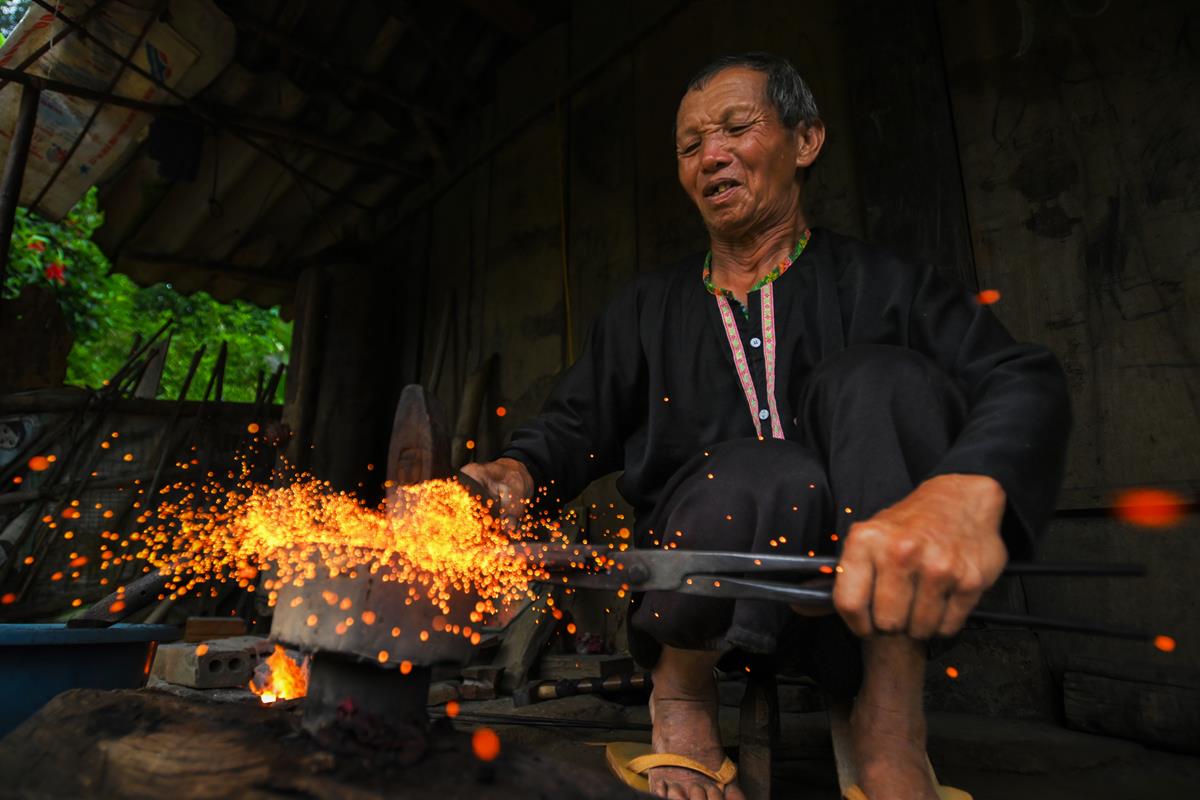
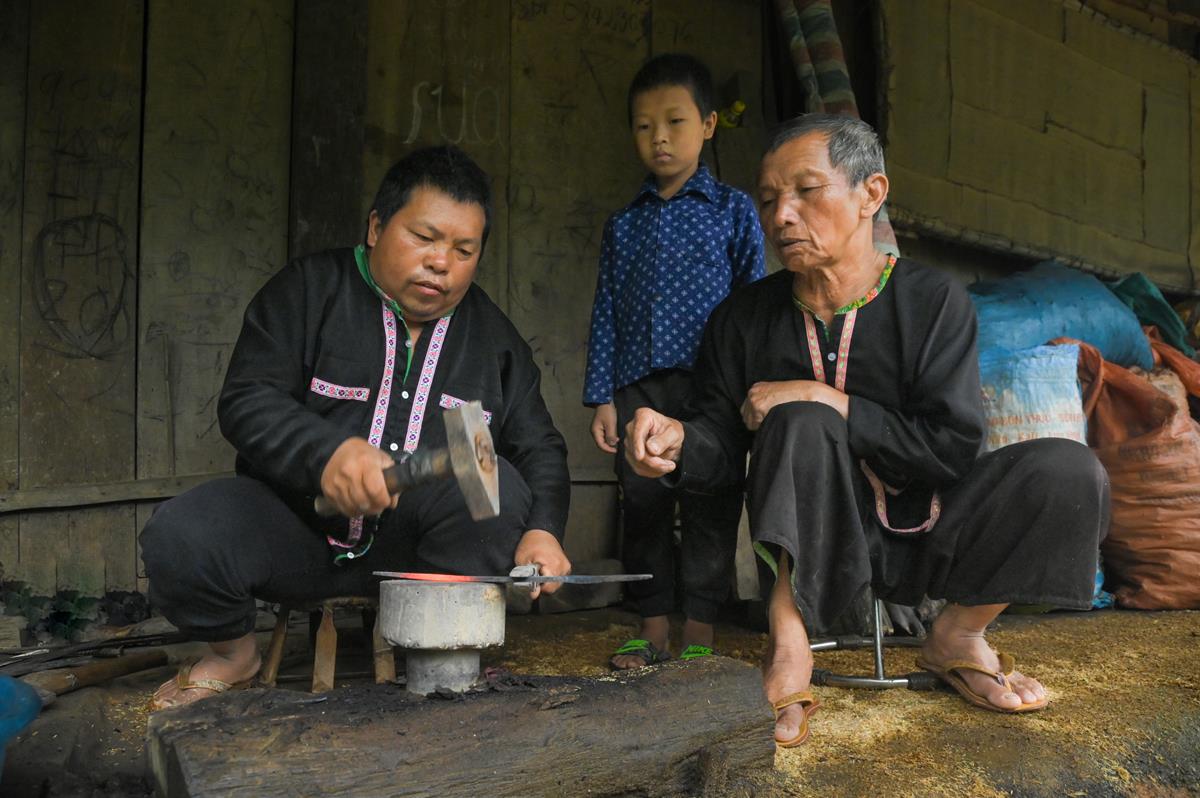
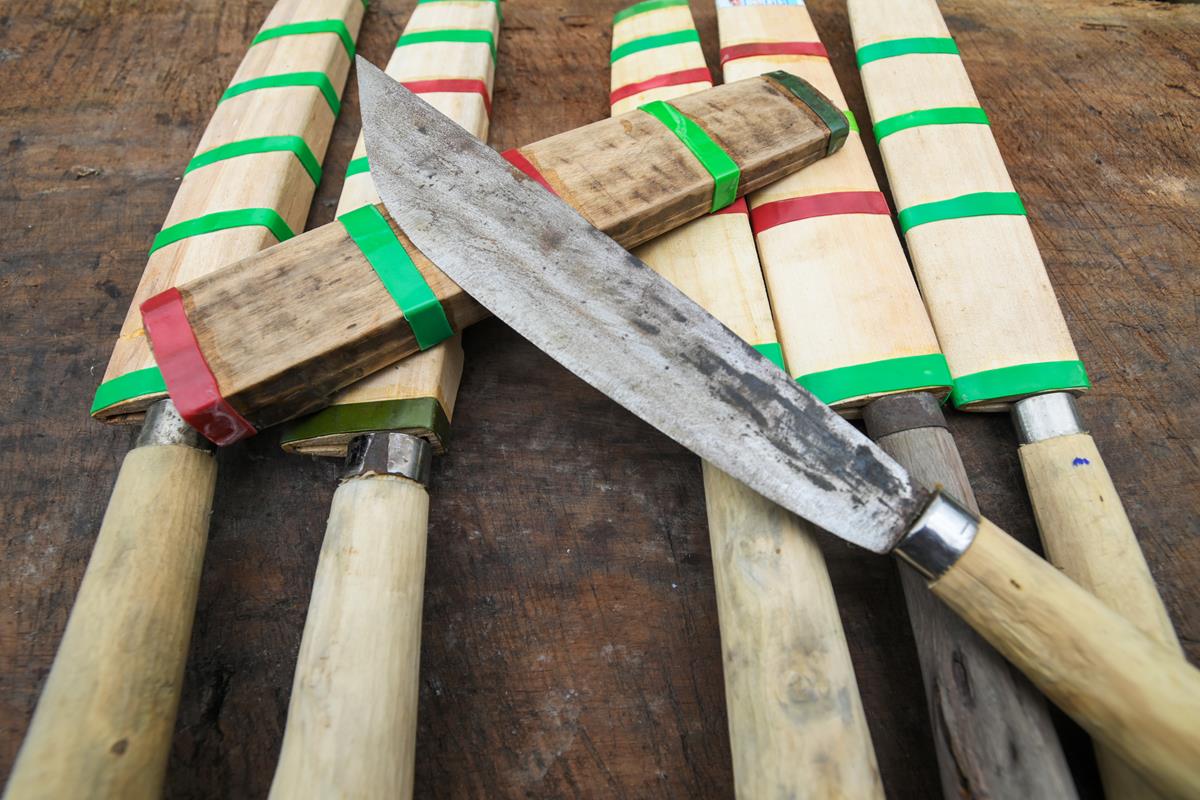
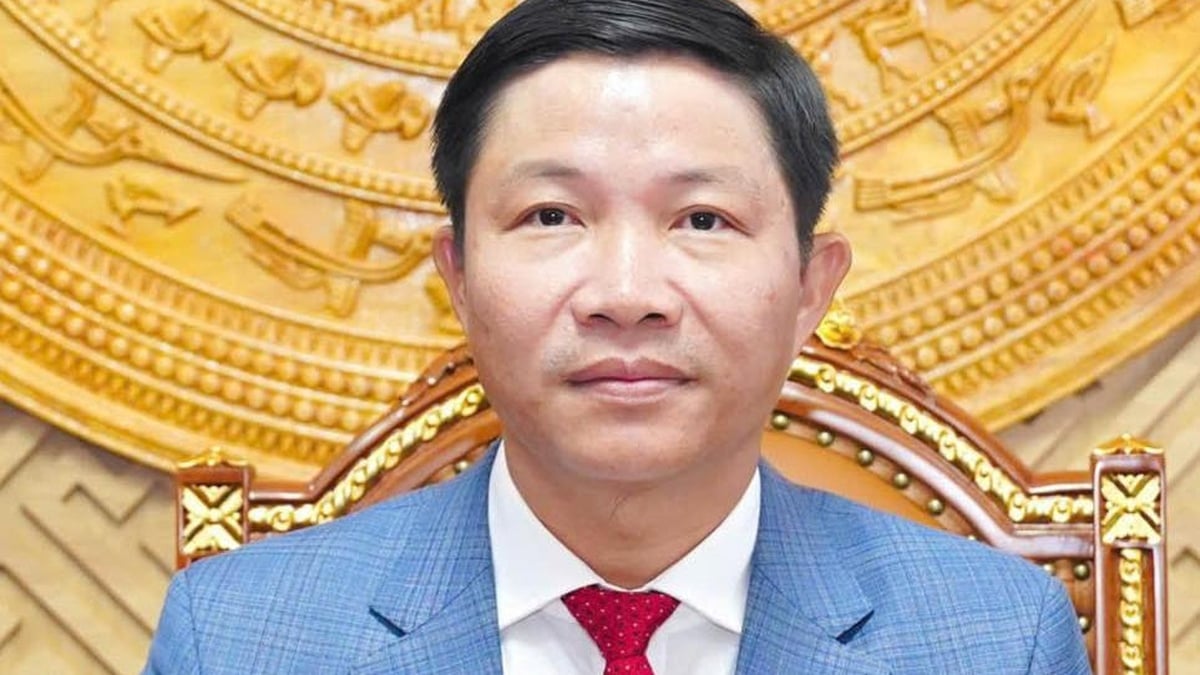


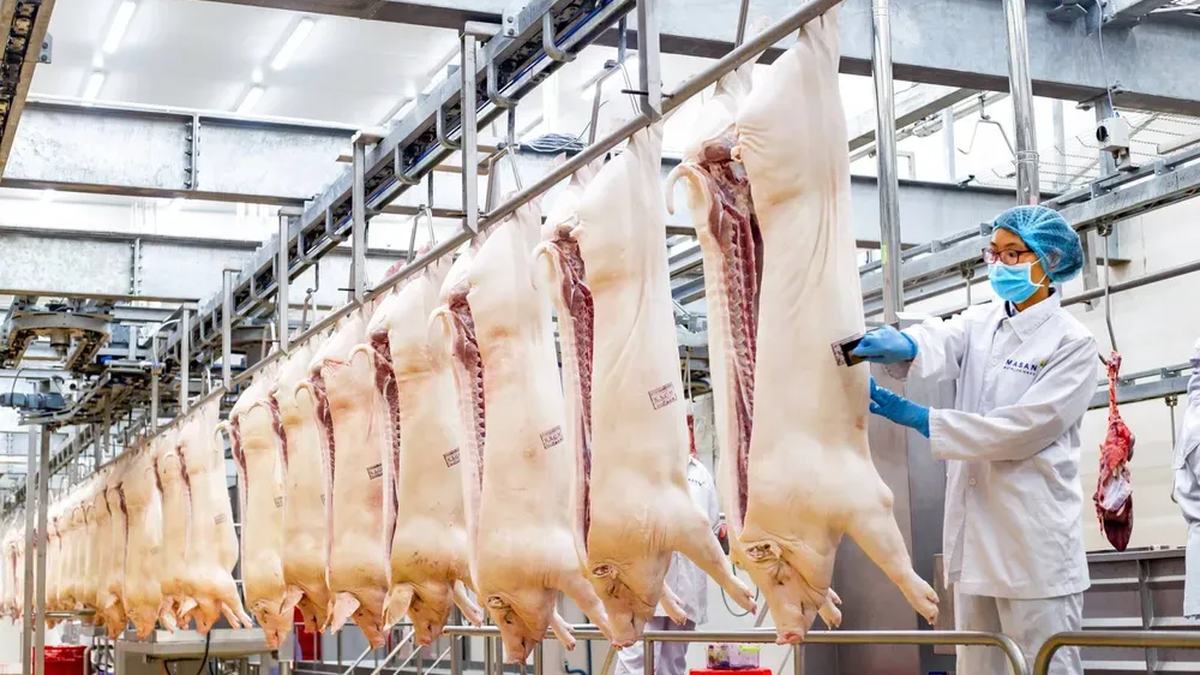
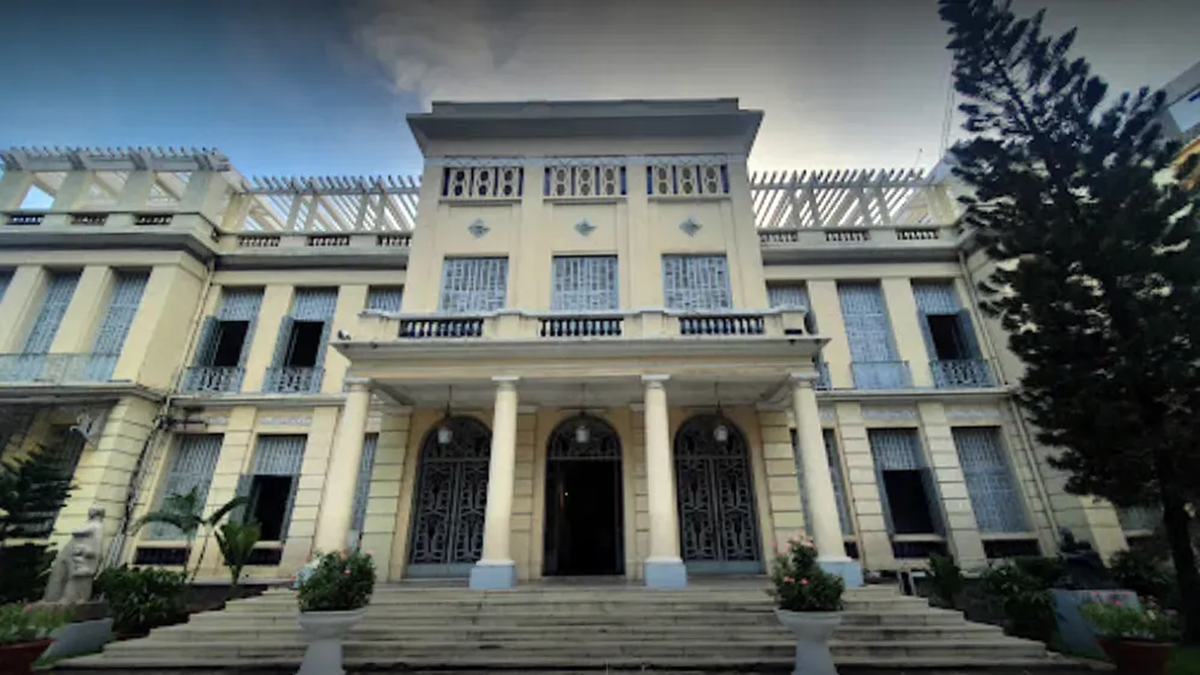

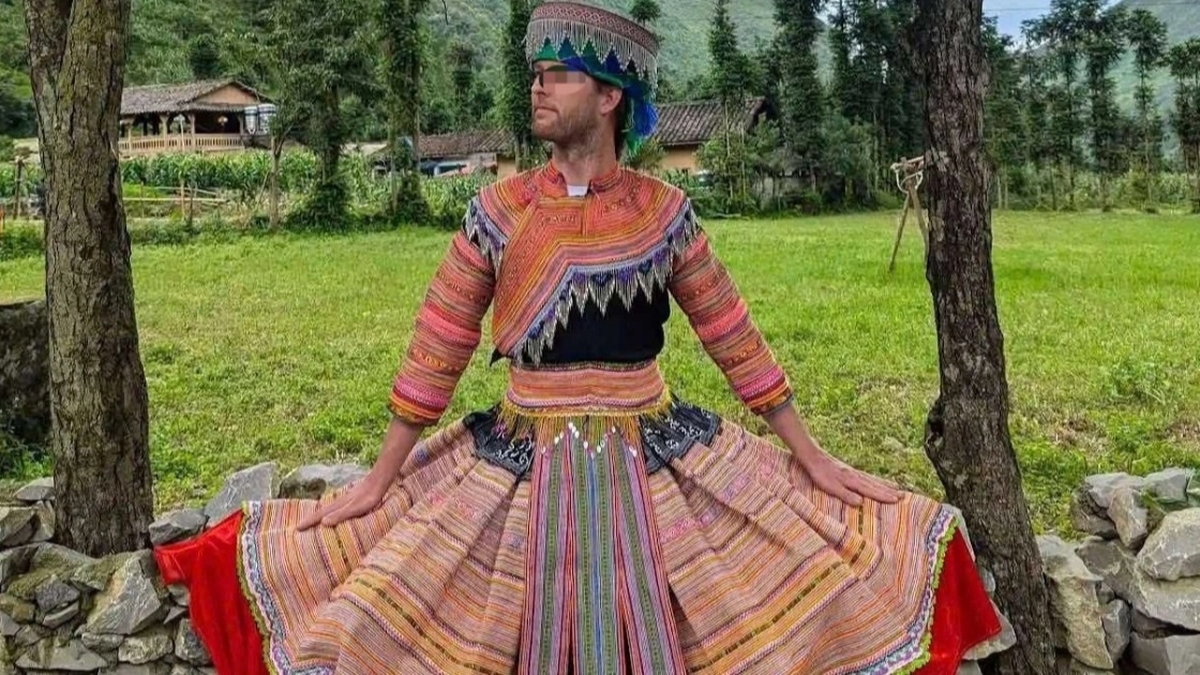













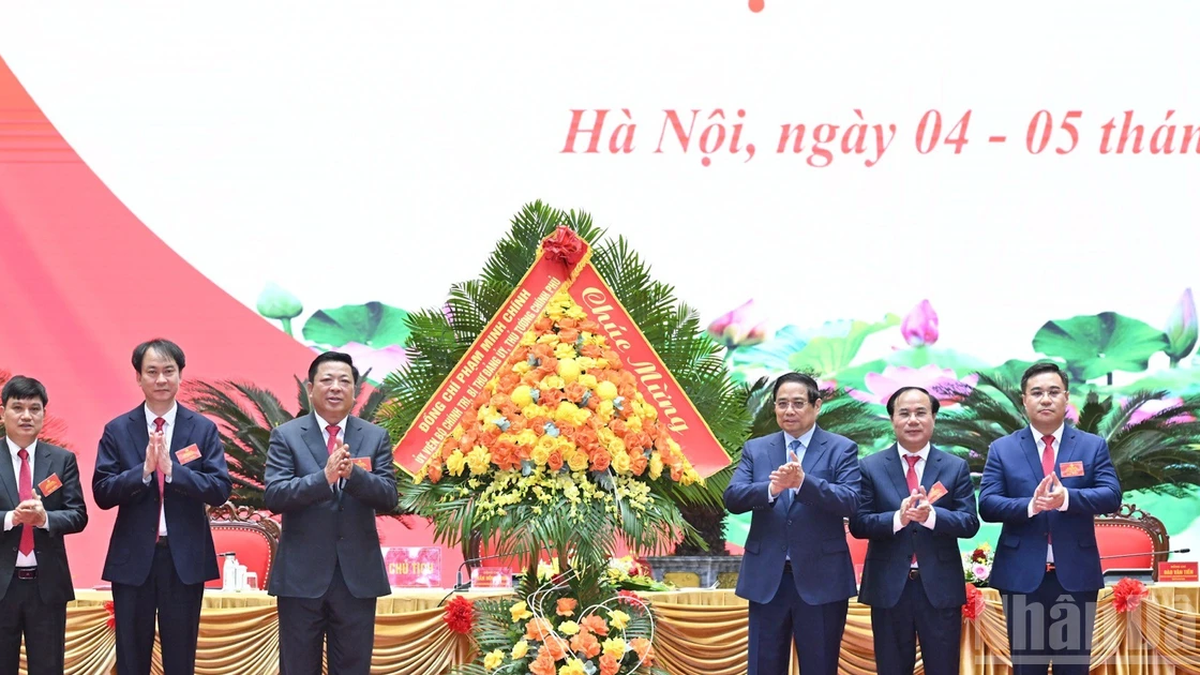
![[Photo] Nghe An: Provincial Road 543D seriously eroded due to floods](https://vphoto.vietnam.vn/thumb/1200x675/vietnam/resource/IMAGE/2025/8/5/5759d3837c26428799f6d929fa274493)


![[Photo] Discover the "wonder" under the sea of Gia Lai](https://vphoto.vietnam.vn/thumb/1200x675/vietnam/resource/IMAGE/2025/8/6/befd4a58bb1245419e86ebe353525f97)





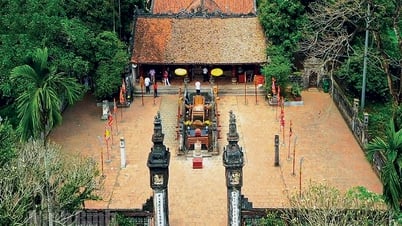

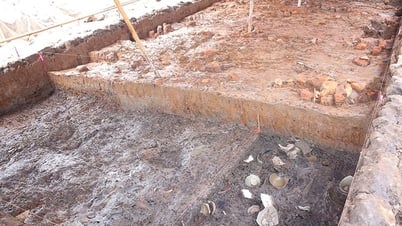




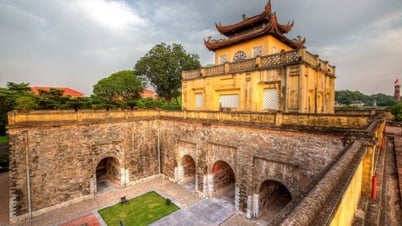



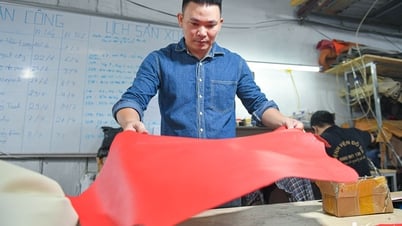


























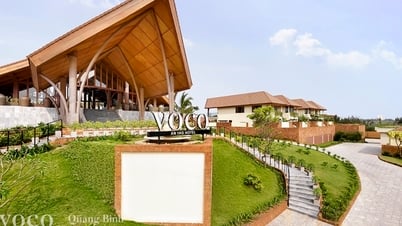














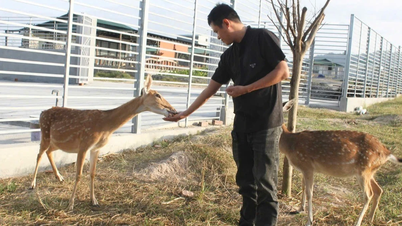











Comment (0)